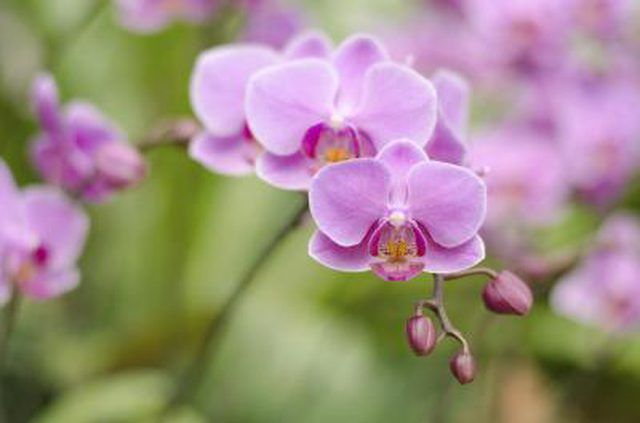Bulbs
Flower Basics
Flower Beds & Specialty Gardens
Flower Garden
Garden Furniture
Garden Gnomes
Garden Seeds
Garden Sheds
Garden Statues
Garden Tools & Supplies
Gardening Basics
Green & Organic
Groundcovers & Vines
Growing Annuals
Growing Basil
Growing Beans
Growing Berries
Growing Blueberries
Growing Cactus
Growing Corn
Growing Cotton
Growing Edibles
Growing Flowers
Growing Garlic
Growing Grapes
Growing Grass
Growing Herbs
Growing Jasmine
Growing Mint
Growing Mushrooms
Orchids
Growing Peanuts
Growing Perennials
Growing Plants
Growing Rosemary
Growing Roses
Growing Strawberries
Growing Sunflowers
Growing Thyme
Growing Tomatoes
Growing Tulips
Growing Vegetables
Herb Basics
Herb Garden
Indoor Growing
Landscaping Basics
Landscaping Patios
Landscaping Plants
Landscaping Shrubs
Landscaping Trees
Landscaping Walks & Pathways
Lawn Basics
Lawn Maintenance
Lawn Mowers
Lawn Ornaments
Lawn Planting
Lawn Tools
Outdoor Growing
Overall Landscape Planning
Pests, Weeds & Problems
Plant Basics
Rock Garden
Rose Garden
Shrubs
Soil
Specialty Gardens
Trees
Vegetable Garden
Yard Maintenance
Types of Monocot Flowers
Types of Monocot Flowers. For thousands of years, flowers have been divided into two major classes--dicots and monocots. In fact, according to the experts at UC Berkeley, a botanist by the name of Theophrastus recognized and described these two groups as early as 370 BC. Monocots, also called liliopsida, flower in groups of three, have no secondary...
For thousands of years, flowers have been divided into two major classes--dicots and monocots. In fact, according to the experts at UC Berkeley, a botanist by the name of Theophrastus recognized and described these two groups as early as 370 BC. Monocots, also called liliopsida, flower in groups of three, have no secondary growth, pollinate other flowers with a single furrow, and have parallel veins on their leaves. More scientifically, monocots also have a single cotyledon (seed leaf) within the embryo, which is actually the official distinguishing feature. Although that may sound confusing, you probably are able to clearly identify a number of monocots in your own backyard or at your local greenhouse. The easiest way? Typically, monocots have petals that come in multiples of three, while dicots have petals that come in multiples of four or five. There are many types of monocots found throughout the world.

The grasses comprise one of the largest groups. Also called poaceaes, there are over 9,000 species in this family of plants. Although we may not typically think of grasses as flowers, these plants actually have small flowers at the tips. A number of plants that we may not actually realize are grasses also belong to this group, including corn, wheat and rice.
Orchids and other members of the orchidaceae family are also monocats, with the 20,000 to 25,000 species making up about 30 percent of all monocats. Orchids are distinctive because of their stamens and pistils, which are responsible for reproduction for the flower. Like most monocats, they have petals in groups of three. The pollen of orchids is usually found in masses called pollinia, and one of the petals on the flower usually forms a "lip" to make the flower symetrical.
There are around 5,000 species that are part of the asparagales family, all of which are types of monocots. This family of flowering plants includes aloe, onion, asparagus, garlic, daffodils and daylilies. Most of these plants have a cluster of leaves at either the base or tip of their truck, and their seeds are coated with phytomelanin, which is a sooty black substance.
The lilales familiy, also called "true lilies," is a group of flowers with about 1,200 species. Many flowers that we call lilies, including water lilies and arum lilies, are actually not a part of this group. Instead, members of this group include tulips, bomareas (a type of tropical vine), wake robins and mariposa lilies. All members of the true lily family grow from bulbs or corms, which keep the flower alive during the winter.
Along with the major families listed above, there are a number of other smaller groups that make up the monocot group. These include cattails, rush, sedges, palms, duckweed and bananas.